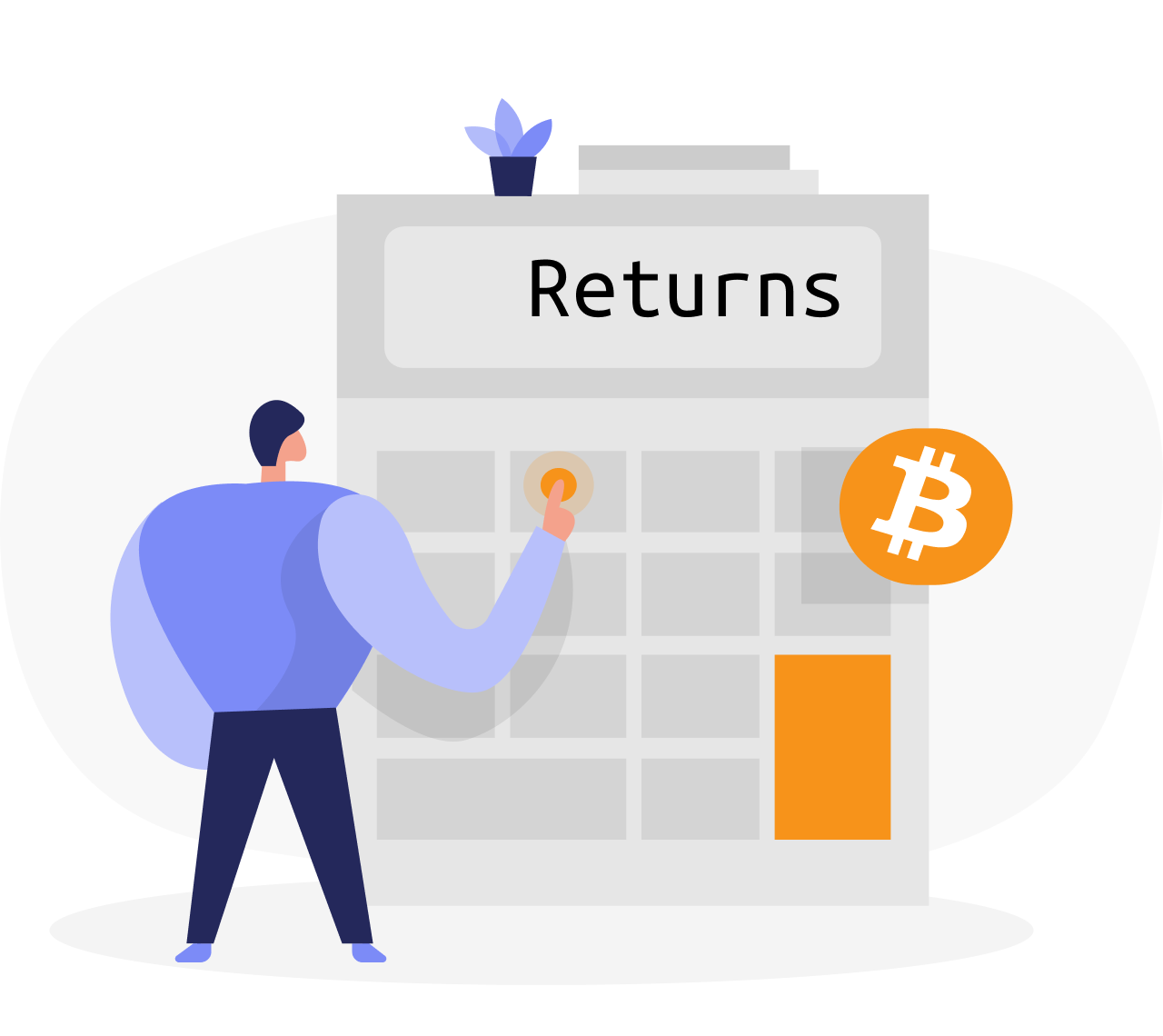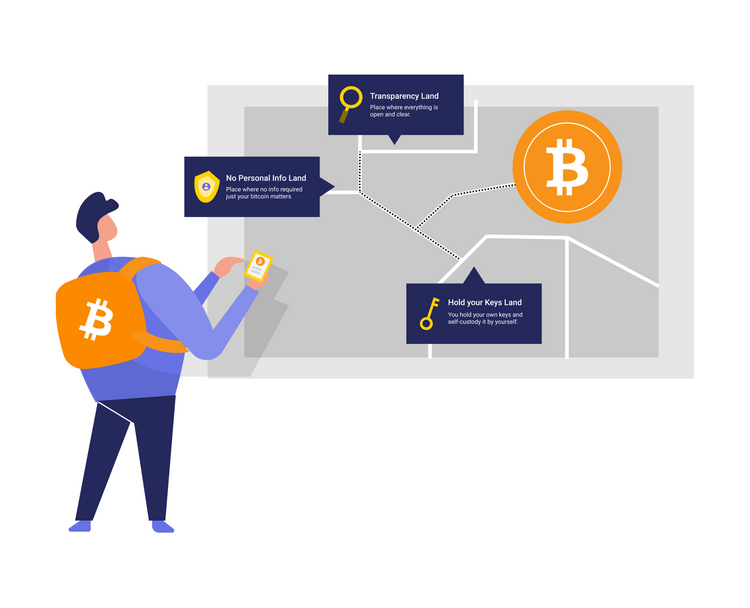For the first two parts of the series, see Part 1 and Part 2.)
I. Introduction
Imagine earning a return on your bitcoin with someone else’s trading system, all while keeping your private keys. Imagine also if the trading occurred automatically without the need to stay glued to Tradingview. Save your time. Save your keys. And earn bitcoin on your bitcoin. Atomic.Finance now makes this possible by pairing systematic trading (Part 2) with the self-custody of discreet log contracts (DLCs explainer).
The last year has taught everyone that if someone else holds your bitcoin, your yield is not yield—not until you cash out, anyway. Even if you exit successfully, a steady beat of hacks and leaks has shown that your information may not remain private. And many have learned that if you wrap your bitcoin for yield on other chains, your wrapped bitcoin isn’t bitcoin. These are hard lessons.
But now you can put your bitcoin to work in a private and self-sovereign way. Subscription DLCs, as we call them, enable holders to earn a return on their bitcoin without custodians. This sounds a bit like magic. In this final part of the series, we spoil the mystery.

II. The Breakthrough of Subscription DLCs
Discreet log contracts, or DLCs, bring more expressive smart contracts to bitcoin. They work especially well for derivatives like call options. Traditionally, however, each DLC represents a single trade. Want to buy a call option? That’ll take one DLC. This 1:1 ratio of DLCs to trades has thus far limited their usefulness.
At Atomic, the 1:1 DLC-trade ratio generated a dilemma. As background, Atomic runs DLCs on a cycle. The contracts begin for everyone at the same time to help ensure that someone—a market maker—will take the other side of our users' trades. The contracts then settle together before the next cycle begins. But how long should cycles run? Shorter cycles lead users to accrue more transaction fees. Longer cycles increase the risk that the market moves against users while their funds sit in an inflexible smart contract. We had initially used two week cycles to strike a reasonable balance between fees and inflexibility. Not only was this imperfect on both counts, it also required our users to opt in more often than they liked.
Then, we had a simple idea—we could break apart the 1:1 DLC-trade ratio. Each on-chain DLC could “contain” arbitrarily many off-chain trades.1 Because the trades would occur off-chain, they wouldn’t incur transaction fees beyond the initial fee for the DLC. Off-chain trades could also occur in response to changing market conditions, in accordance with an automated traded system. So rather than worry about changing market conditions, users could benefit from them. As a result, we could lengthen our cycles, which would mean that users needn’t check in more than once a month. In one fell swoop, we solved every major problem.
Here’s what this means for users, in practice.
- Users lock their bitcoin into a month-long DLC.
- For the next month, the bitcoin trades off-chain in accordance with Atomic’s automated trading system.
- When the DLC settles at month’s end, users choose whether or not to enter the next month’s cycle, like a subscription.
With these subscription DLCs, users can reap the benefits of a back-tested, automated trading system with fewer fees and less hassle. Users also keep their private keys and enjoy more privacy than they would on centralized platforms.
Of course, putting precious bitcoin into a smart contract feels risky, especially if the smart contract appears magical, as subscription DLCs do. So we would like to pull back the curtain so that you know what happens to your bitcoin, from beginning to end.
III. An Atomic Life Cycle, from Start to Finish
With the Atomic app, users put their bitcoin to work to earn a return. The “work” here is off-chain trading, and the net return equals the PnL, or the sum total of profits and losses. But users themselves don’t trade their bitcoin. Instead, each user opts into a strategy, a back-tested trading system that guides all the trading behind the scenes.
Strategies occur in cycles—now, typically, about one month long. And each cycle has three main steps.
Step 1. User Commits to Atomic Strategy
Users first fund the wallet in the Atomic app. This wallet is non-custodial—users hold the private keys. Then, during Rollover Weekend, the one weekend a month to enter the next cycle, users commit some portion of bitcoin. The cycle begins on the subsequent Monday.
Committing to a cycle involves a little coordination—that’s where Atomic comes in. In order to lock funds into a subscription DLC, the user needs a market maker to take the other side of the trade, as well as one or more oracles to execute the payout. Atomic coordinates the necessary players behind the scenes.2 For now, Atomic serves as an oracle, but this is subject to change in the future as market infrastructure matures and we explore multi-oracle contracts to minimize trust.
Step 2. Seal the Deal
After users choose to enter the next month’s cycle, Atomic finds someone to take the other side of our month-long trading strategy. We send out a signal to create an auction on an options exchange where a market marker can bid to take the other side of our users’ subscription DLCs. Once everyone is paired up, an oracle records our trading strategy and commits to announce our strategy’s outcome. Then, both parties to the trade seal the DLC and await the result.
At this point, the market maker, Atomic, and any further oracles know the general trading strategy. As a result, each of these parties can compute the percent PnL over the next month. Importantly, any oracle can compute this percentage because it can compute how the trading went for any amount of bitcoin committed to the strategy, not necessarily because it knows how much each user committed to the strategy.
Step 3. Payout
When the cycle closes, the oracle announces the strategy’s outcome. You might think that an oracle needs to announce the correct payout for each user. After all, users will commit different amounts of bitcoin and therefore require different payouts. But this isn’t necessary. A single oracle announcement will do—the percent PnL.
At the end of the cycle, the oracle effectively announces the strategy outcome, the percent PnL for the strategy. By virtue of having made the same trades, every user in the strategy sees the same percentage return, no matter how much bitcoin they committed. For example, if 1 BTC would see a 5% net gain over the duration of the cycle, then any amount of bitcoin would enjoy a 5% net gain, from .01 BTC to 10000 BTC. Since, in Step 2, user DLCs were made to pay out the appropriate amount for each possible PnL announcement, the single oracle announcement unlocks the correct payout for every individual user.3
Then, when Rollover Weekend rolls around again, users can enter the next cycle if they so desire. We encourage doing so to maximize returns in the long run. This is what makes the strategies recurring.

IV. Risks and Benefits
There are two main risks involved in subscription DLCs. The first is oracle risk. There’s always a small chance that an oracle would announce the wrong result or announce no result at all. In the case of a false announcement, everyone will know. Any market marker who benefits from such a mistake would have strong incentives to make things right. In the case of no announcement at all, users would simply receive their original bitcoin.
The second main risk is price risk. Our strategies serve as passive trading for users. Trades risk capital and sometimes lose. We mitigate price risk in two ways. First, insofar as trading goes, our strategy is relatively conservative and has been back-tested in various market conditions. This is not gambling, then, but systematic trading (See Part 2). Second, we’ve built the strategy to work in the long run. A systematic trader expects to lose trades frequently. What matters is that, in the long run, wins outweigh losses.
The correct way to use Atomic’s subscription DLCs, then, is to subscribe—repeatedly. So we have aligned our incentives with our users’ own, and with a low time preference. We win only if users win in the long run. And the most reliable way for users to win is for them to continue cycle after cycle.
It's also worth highlighting the obvious: users can mitigate both risk and stress by using less than 100% of their bitcoin stack in Atomic. By not putting all your eggs in a single basket, you don't have to trust any single basket—this is the "horcrux method" for capital.
Overall, by opting in to the next cycle, you can enjoy the returns from someone else’s back-tested trading system without the time and resources necessary to fine-tune such a system. All the while, you keep your private keys and enjoy enhanced privacy compared to a typical trading platform.
By design, subscription DLCs are also cheaper. Per cycle, they require one on-chain transaction fee for several off-chain trades. They’re also simple—but you’ll need to verify this claim by trying the app itself.
Join the Sound Finance Movement
Atomic Finance builds sound finance products for sound money.
Our first Sound Finance product is a mobile app that provides self-sovereign Bitcoiners a way to earn a return on their bitcoin with full transparency. Without having to give up custody of their coins to a third-party custodian.
Notes
1. These trades occur “off-chain” in a different way than a DLC's CET transactions, which also occur off-chain. The trades are off-chain in the sense that the relevant parties keep track of them on their own computers. CETs, however, are signed-but-invalid bitcoin transactions that require an oracle announcement in order to be rendered valid.
2. This matching with the market maker is done in a bilateral manner.
3. If you’ve read our prior [LINK piece on DLCs], you’ll know that the parties to a DLC jointly sign multiple off-chain transactions called CETs, one for each possible outcome. But they’re all invalid—bitcoin nodes would reject them. At the end of the cycle, though, the oracle’s announcement will render exactly one valid. This newly valid transaction will have been constructed to correspond to the percent PnL that had just been announced. This transaction will pay the user their original amount of bitcoin plus this same amount multiplied by the percent PnL.





